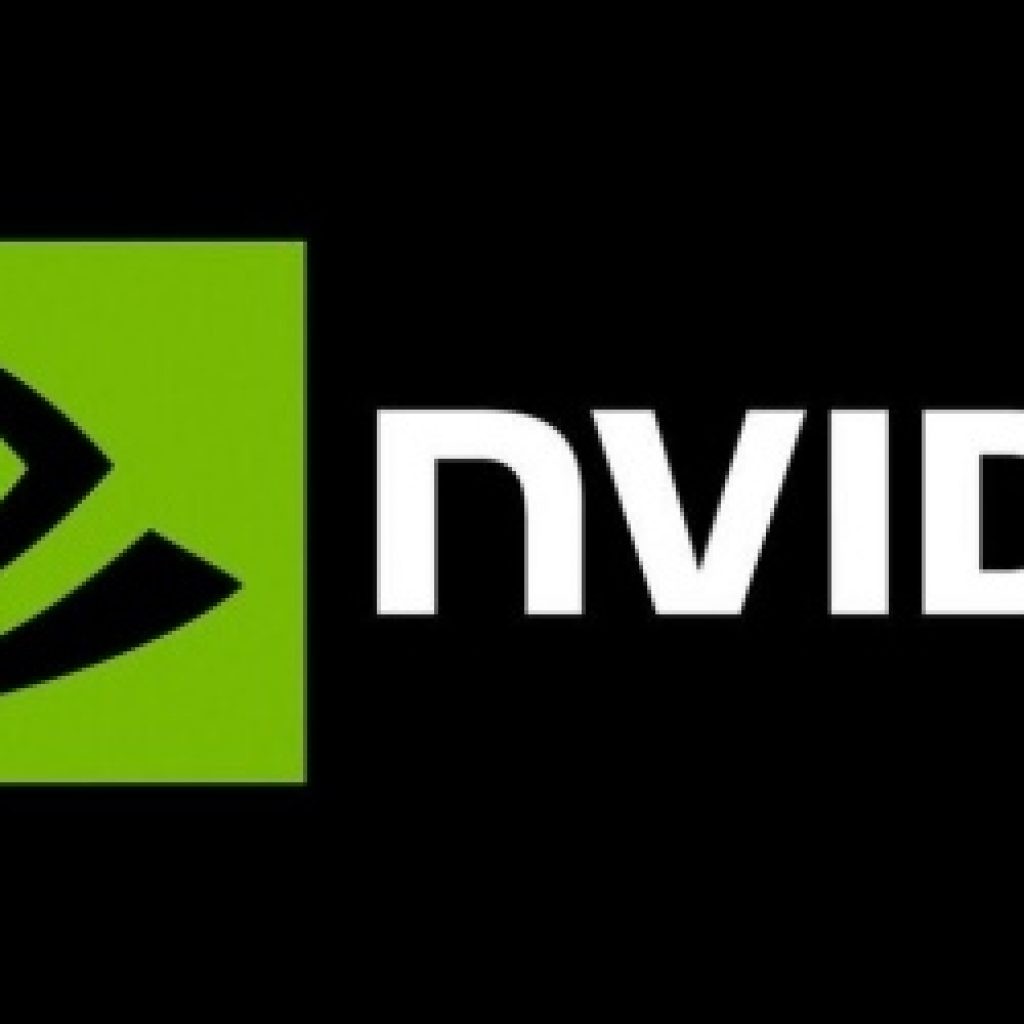(HPCWire) NVIDIA has announced the cuQuantum software development kit to speed quantum circuit simulations running on GPUs. Early work indicates that cuQuantum delivers orders of magnitude speedups for circuit simulations, paving the way for Nobel Prize-winning breakthroughs of tomorrow.
The cuQuantum SDK accelerates quantum circuit simulators to help researchers design better quantum computers and verify results, model hybrid-classical systems, and discover more optimal quantum algorithms.
It also provides tools for developers to apply to the methods of their choice, supporting different approaches such as the state vector method or the tensor network method
Researchers at the Jülich Supercomputing Centre have harnessed the state vector method to simulate physical realizations of quantum computers on GPUs. Their benchmark tests, discussed at GTC, showed a 25x speedup on GPU clusters compared with CPU-based systems.
A private company, QCWare, has been publishing papers across the simulation and application of quantum computing domains. Working together, NVIDIA and QCWare have shown compelling evidence that for the quantum approximate optimization algorithm, at 20 qubits, the performance difference is significant.
A single NVIDIA DGX A100 with eight NVIDIA A100 80GB Tensor Core GPUs is capable of simulating up to 36 qubits, delivering orders of magnitude speedup over a dual-socket CPU server on leading state vector simulations.
Besides Jülich and QCWare, organizations that use state vector simulators running on NVIDIA GPUs include IBM, Oxford Nanopore, Amazon Web Services and the NVIDIA AI Technology Center.
Tensor network simulations are a newer method that uses less memory but more computation than state vector approaches.
Tapping into tensor network methods, NVIDIA and Caltech accelerated a leading quantum circuit simulator with cuQuantum running on NVIDIA A100 Tensor Core GPUs. This setup generated a sample in 9.3 minutes on the NVIDIA Selene supercomputer from a full-circuit simulation of the Google Sycamore circuit. This feat was only recently expected to take days on millions of CPU cores.
In addition to Caltech, those using tensor network simulators include Alibaba, Amazon Web Services, Argonne National Lab and Oak Ridge National Lab.
Researchers from the Pacific Northwest National Laboratory, Lehigh University and Washington State University have developed a new multi-GPU programming methodology, called MG-BSP. They used it to build a density matrix quantum simulator.
The research team demonstrated the simulation of 1 million general gates in 94 minutes on an NVIDIA DGX-2, far deeper circuits than have previously been shown, according to the group.
The results revealed that their density matrix simulator is more than 10x faster than state vector quantum simulators on GPUs and other platforms, according to their paper.
NVIDIA Platform Accelerates Quantum Circuit Simulation Ecosystem

NVIDIA partners with SandboxAQ for advances in AI Simulation.